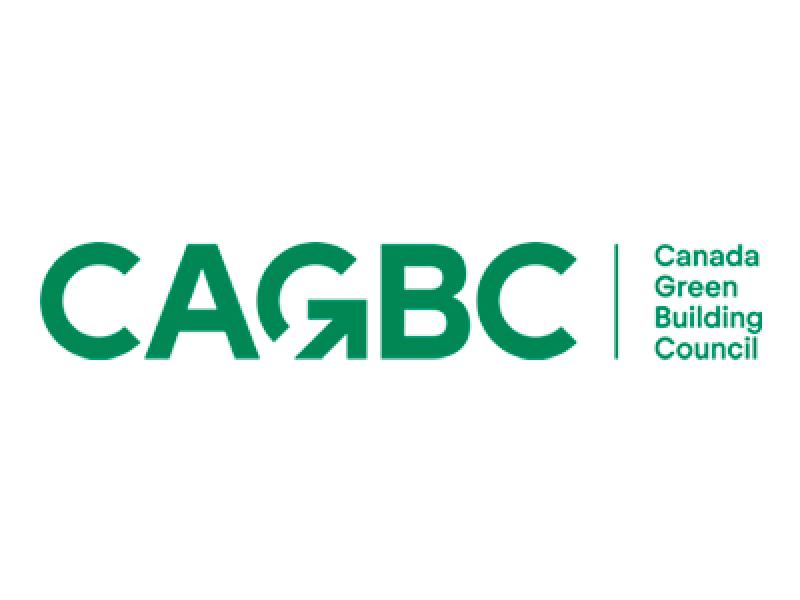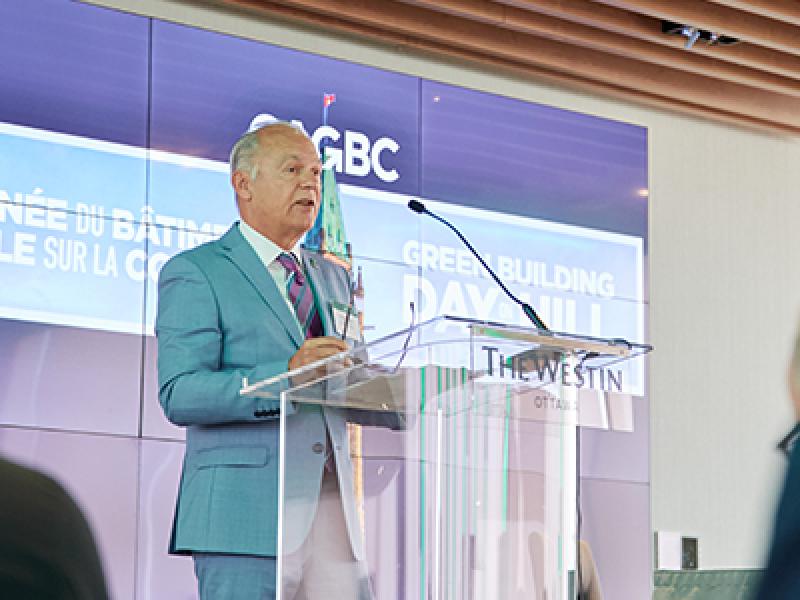
As Canada grapples with a shortage of housing at affordable market prices, the building sector is increasingly conflicted: aspire to create energy-efficient, resilient, and low-carbon housing, or keep ‘building as usual’ to increase supply.
The Canada Mortgage and Housing Corp. (CMHC) estimates Canada will need 3.5 million additional homes by 2030 to achieve affordability. If built using business-as-usual approaches and prevailing codes, these new homes could increase greenhouse gas emissions (GHG) by almost 18 million tonnes every year.
Advancing new supply fast enough to impact housing affordability is a monumental challenge. The residential building sector has raised many issues that stand in the way of speeding up development and construction. Among them are questions about the value and cost of municipal green building standards.
A common concern we hear from developers and builders is the amount and the cost of the ‘red tape’ they must navigate. We agree that the length of project approvals, development fees, and escalation in construction costs are challenging issues facing the industry. Still, local green building standards do not belong in the same category.
Municipalities across Canada created these standards to develop highly energy-efficient, healthy, and resilient housing that results in low utility bills for owners and renters. Building to higher quality creates long-term value but can come with increased costs. CAGBC and other organizations have worked with the industry for more than a decade on delivering thousands of market and non-market housing units built to leading sustainability standards. As a result, we know that the cost difference is much less than consumers are led to believe – and would quickly come down if the homebuilding industry would commit to higher building standards. However, this would require homebuilders to gain new skills through training and embrace new technologies and construction methods.
The cost of not building green
The costs of not making efficient buildings the norm is rarely discussed, yet is extremely significant. Homes being built today without prioritizing energy efficiency and low-carbon performance will cost more to heat and cool in the future. These deferred costs will especially impact Canadians with lower incomes and the least flexibility to pay for high energy bills. It also applies to costly future retrofits as buildings will need to be more resilient to extreme weather events and responsive to building codes requiring lower GHG emissions. Canadians deserve quality housing and a clean and healthy environment – and that’s precisely why we need municipal green building standards.
What we can do
The skills, materials and technologies for green buildings are available now but not at the scale needed to build millions of energy-efficient, low-carbon and resilient homes. We are working with industry on policies, technologies, and building practices that will help ensure Canadians don’t have to choose between quality and quantity when it comes to housing. These efforts include:
Build the low-carbon marketplace: Pushing for investments in developing low-carbon materials and new technologies. Already, the federal government offers investment tax credits and programs to make adopting green technologies like heat pumps and geothermal more attractive. Expanding and extending these programs is important in making efficient, low-carbon homes more affordable.
Grow skills and capacity: CAGBC is working with industry to help grow the low-carbon workforce by partnering with industry stakeholders, for example, through our Low Carbon Training Program. We have also launched a new Zero Carbon Building Micro-Credential that will enable building professionals to strengthen their low-carbon knowledge and practices.
Remove barriers: We can contribute to streamlining housing construction by aligning municipal green building standards at the provincial level or in Canada’s largest urban growth areas. Harmonizing strengthened requirements for energy efficiency and lower carbon emissions would help the industry move forward without compromising speed or quality.
Focus on purpose built rental housing: There is no question that purpose-built rental can achieve higher building standards while still providing a return to private sector investors and public sector or non-profit housing agencies. Any publicly funded rental development must achieve high energy-efficiency levels and ensure a low cost of ownership to benefit the most vulnerable Canadians. CAGBC is releasing a white paper this fall to help the industry move in this direction.
Keeping the status quo or doing even less is no longer an option. Thirty years later, the leaky condo crisis in British Columbia shows the consequences of “fast and cheap.” It’s time to do things differently to get the best outcomes for Canadians.











